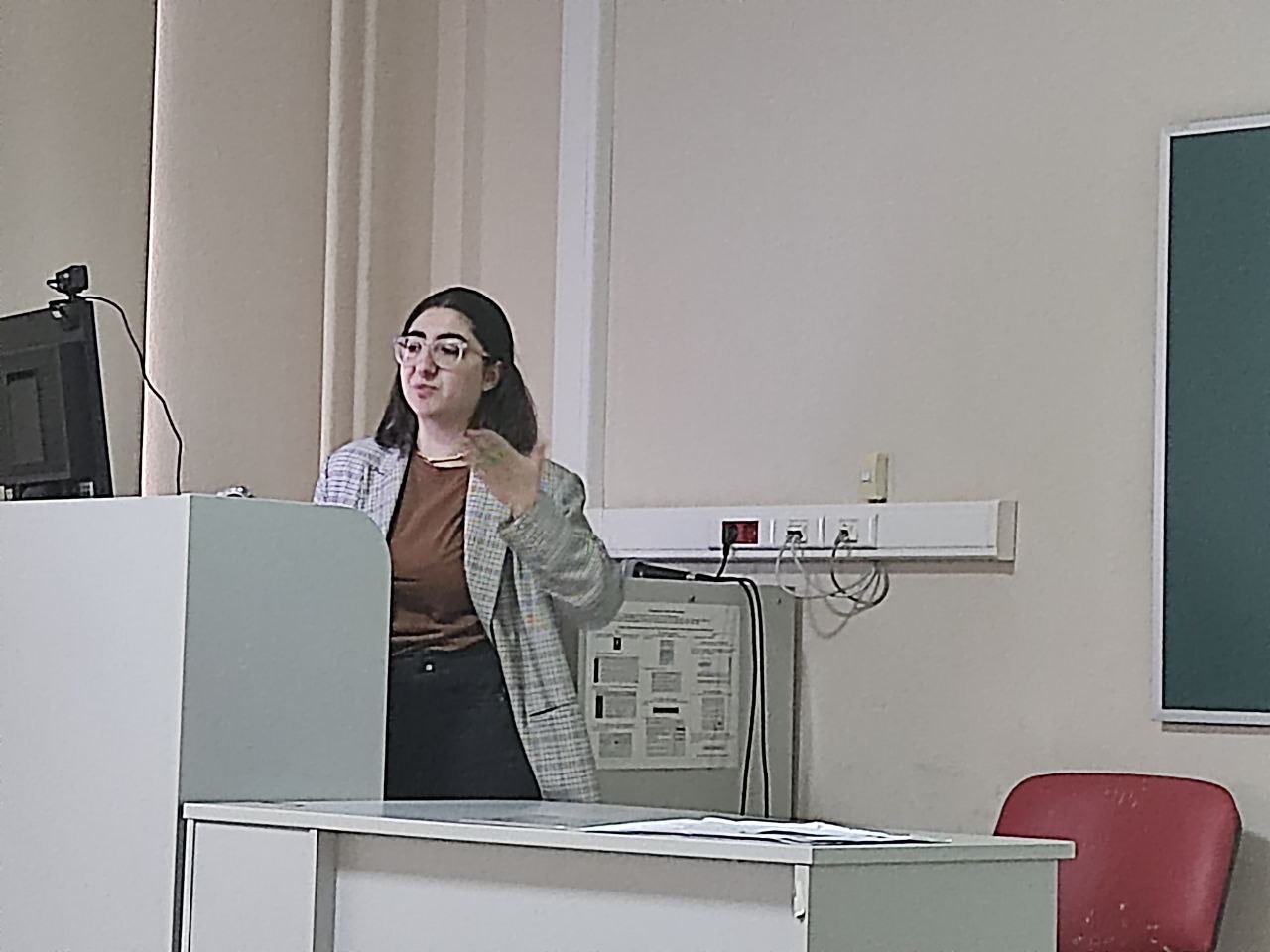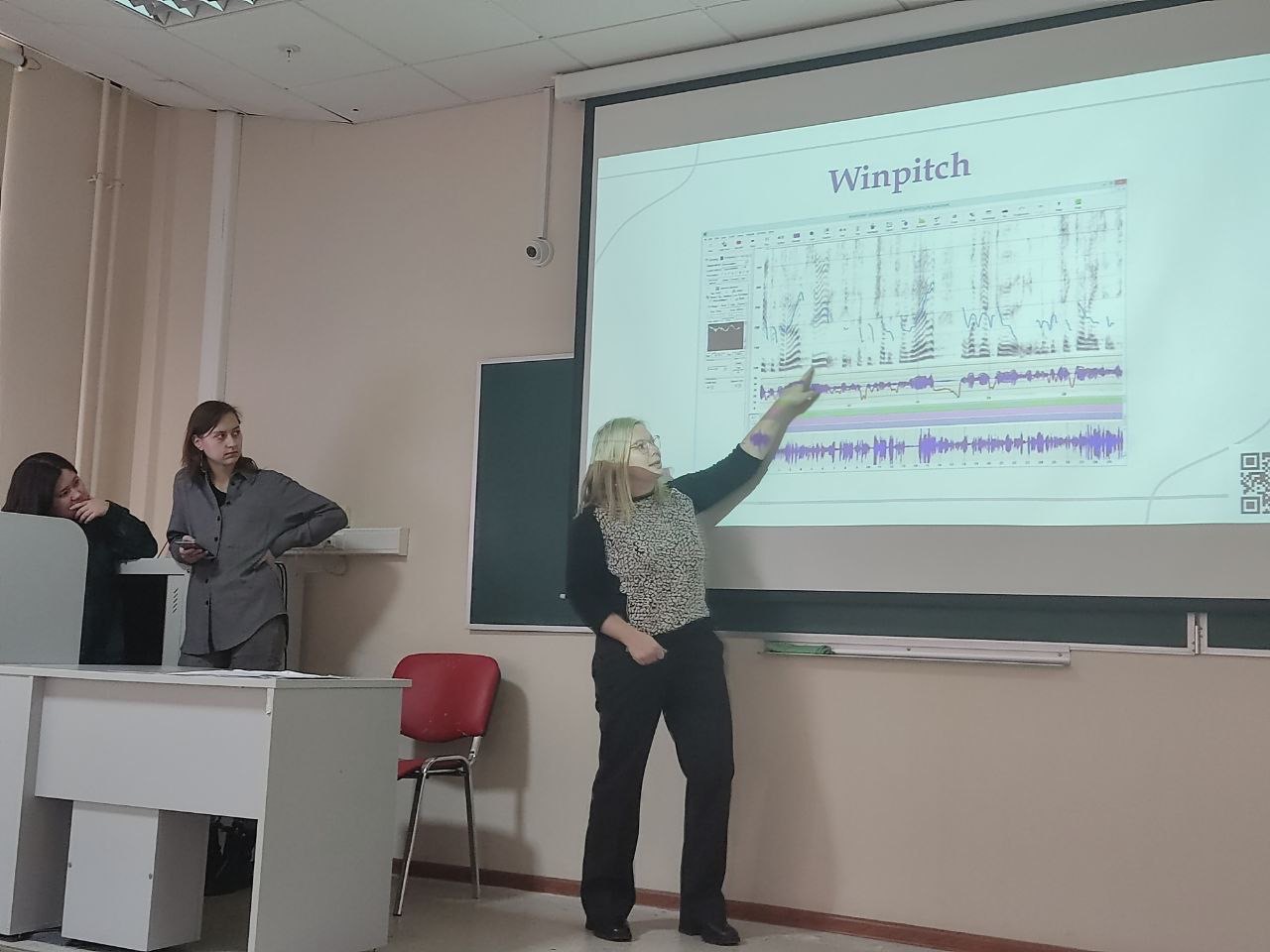11 февраля состоялось
очередное заседание Фонетического клуба Департамента иностранных языков и
межкультурной коммуникации.
Боровицкая Полина
поделилась своими впечатлениями от встречи.
Our meeting started with some
friendly chit chat, but very
soon we started hitting the grind stone of science.
Polina Borovitsky (yours truly) was the first to present on
something called “vocal
fry”. But what is “vocal fry”? And how are “vocal fry-ers” perceived? Turns out that negative
attitude towards women ruins the day yet again. Studies show that women with “creaky voice” (aka “vocal
fry”) are often perceived as undesirable employees. But who needs to
work when you can have a hot accent, am I right?
Then we discussed English accents
with Vasilisa Neboga и Salikova Olga. So, what is the difference between the north and the south in modern England?
Apparently, some FOOT-STRUT split still divides the country in two
halves. The absence of STRUT
vowel in the north, one of the many major differences, was confirmed in empirical phonetic studies applying cutting-edge
technology like vocal analyzers. Because what can be more intriguing than a bit of
physics in your phonetics? Shwa look-a-like? Shwa's evil twin? Yes, please!
The next presentation by Elmira
Melikova enlightened us
about Wells’ theory of diphthong shift and Labov’s principles of linguistic change. Of course, the
table of vowels is going to haunt us till the end of days! Apparently, not only monophthongs can move around
the table however they want, but
so can diphthongs. How fascinating!
Then Tsoy Angelica talked about Essex Girl Accent. Essex girls are fabulous women who like to be extra in
everything from their looks to their pronunciation. The Essex accent is a huge part of English
accent diversity melting pot and was recorded as early as the 19th century. But they still like to strut on their
"eye-eels" (high heels) to "naaaaloooorrs" (night clubs)
and hang out with hot babes.
After that Zlotopolckaya
Ekaterina and Smirnova Arina talked about "Software for acoustic
analysis of speech". They have found what types of software we can use for phonetic studies.
The most famous one is Praat,
which is a speech analysis tool that
will come in handy when we do our research in acoustics. Just what one needs at the end of
the day.
(Автор текста: Боровицкая
П. В., КЛиМК22-1)




